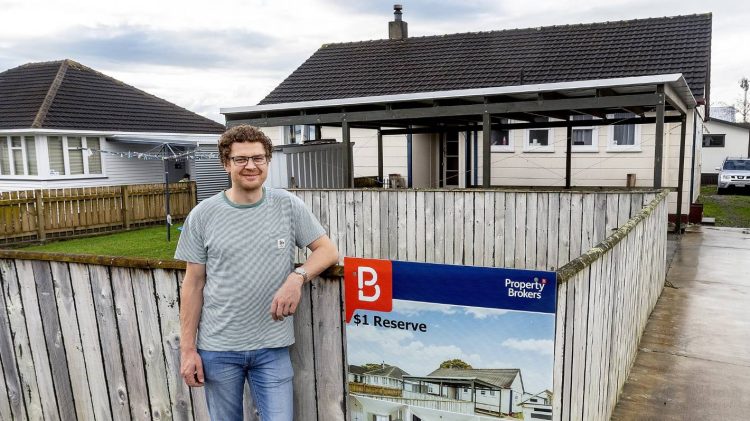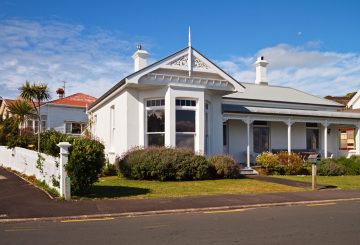Một tài sản Palmerston North đóng gói để đấu giá với một dự trữ 1 đô la đã bán với giá 400.000 đô la.
Chủ sở hữu James Faber cho biết có những khoảnh khắc đáng sợ khi đấu thầu dường như dừng lại ở mức 350.000 USD, nhưng anh rất hài lòng với kết quả cuối cùng.
Tài sản được CoreLogic định giá $480,000 khi Faber lần đầu tiên liệt kê nó khoảng sáu tuần trước, điều mà ông đã đồng ý với.
Giá giảm 80.000 USD, tương đương với mức giảm khoảng 17%, là khá điển hình về cách thị trường đã chuyển động kể từ đó, Faber cho biết.
Faber cho biết một dự trữ $1 là một phương pháp bán hàng hợp lệ, và trong khi ông sẽ không loại trừ việc sử dụng nó một lần nữa ông sẽ không làm điều đó một lần nữa trong thị trường hiện tại.
Tài sản đã đi đến một nhà đầu tư Wellington, người đã trả tiền đặt cọc.
Cuộc đấu giá sẽ cho phép Faber trả lại cho mẹ anh một khoản vay 300.000 đô la mà cô đã cho anh ta cho một dự án phân khu khác.
Giá nhà không giảm nhiều trong tháng Tư như những tháng trước, điều này được coi là một dấu hiệu của một số người cho thấy thị trường có thể đang tiếp cận đáy.
Tuy nhiên, tâm lý người mua cho thấy giá nhà sẽ tiếp tục giảm. Các đại lý bất động sản cũng xuất hiện chia sẻ tâm lý của người mua, với 58% ròng tin rằng giá nhà sẽ tiếp tục giảm.
Credit: stuff.co. nz





























































